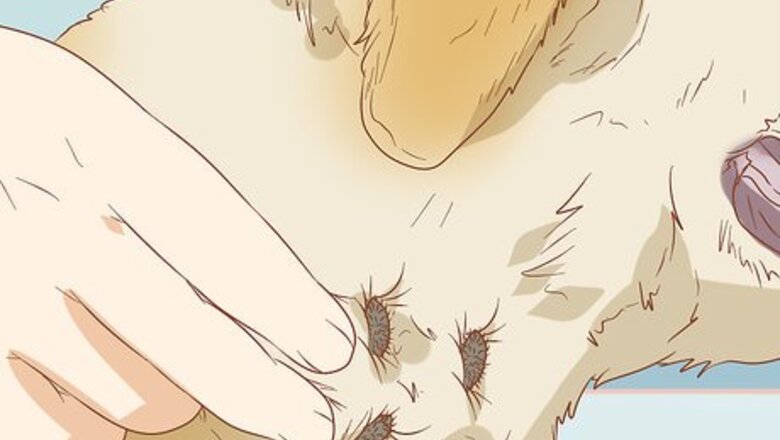
views
Getting the Burs out of the Fur
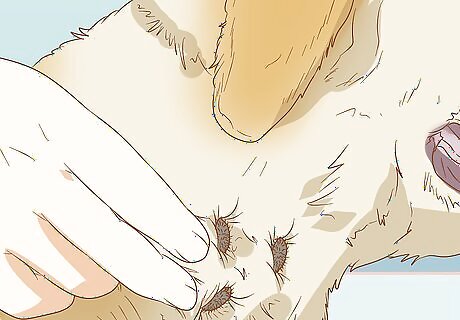
Use your fingers to pull out the ones you can see. Some burs and foxtails won't be stuck in very far, and they will be easy to pull out. You may want to wear thin gloves to protect your fingers during this process! Gently work the seeds out with your fingers and toss them in the trash. If some are too stuck to just pull out, don't yank or cut them. Move on to using oil.

Rub olive oil or coconut oil around the burs to loosen them. If some burs won't come out, coconut oil or olive oil may help. You only need a pea-sized amount for each bur-matted area. Use your hand to massage the oil into the fur around the burs, running it up and down the fur. As you rub, the burs should begin to move around, and you can gently remove them with your fingers. You can use any dog-safe oil, such as fish oil, cod liver oil, flaxseed oil, or sunflower oil.

Brush your dog to get the remaining burrs or foxtails out. Run a brush gently through your dog's fur, starting at the head and working your way down. Make sure to get its paws, belly, and tail, as well. If you run into any burs you have trouble brushing out, use the coconut oil trick to make it easier.

Run your hands over the dog's fur to make sure you get them all. Rub down your dog's whole body. You may not be able to see burs in dark hair, but usually, you'll be able to feel them with your hands. Don't forget to reward your pup with a treat for doing so well!
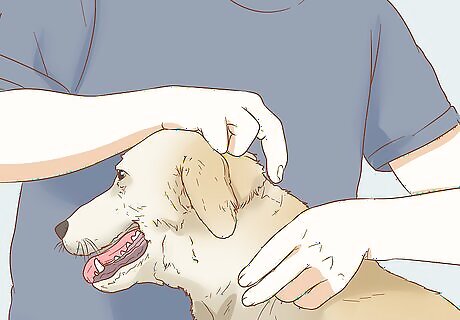
Check your dog's hair daily for burs and mats. If you live in an area that has 1 or multiple types of these seed burs, make sure you go over your dog's fur every day. This is particularly important in summer when the plants start dying and releasing their seeds. Otherwise, the burs can work their way into your dog's skin, causing much worse problems than matted fur.
Removing Foxtails and Burs from Your Dog's Skin

Lift the fur to find foxtails close to the skin. Foxtails, in particular, tend to work there way down towards the skin. If they get embedded in the skin, they can cause infections and abscesses. If your dog has foxtails in its fur, make sure to examine its skin, too, by gently lifting the fur up all over the dog's body, particularly if your dog has long fur. Long-haired dogs are more susceptible to catching burs and foxtails in their fur, but they may go unnoticed, leading to problems.
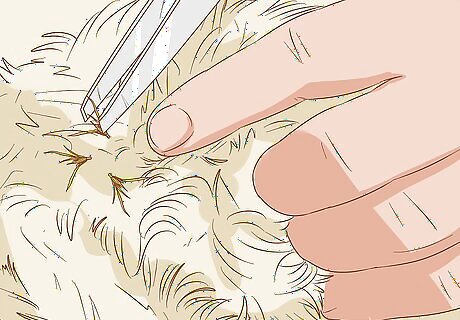
Use a pair of tweezers to remove lightly embedded foxtails and burs. If the seed is only a little bit into the skin, you may be able to remove it yourself with tweezers. Gently grasp the seed and try to pull it out. If it breaks off, you'll need to see the vet. If the seeds are deeply embedded in the skin, you'll also need to see the vet.
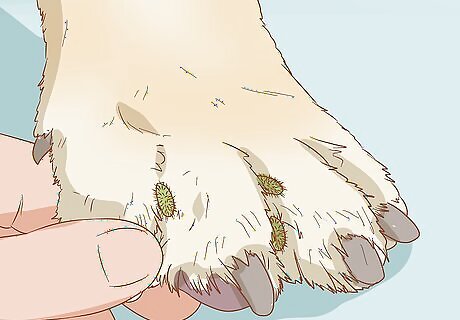
Look between your dog's toes and remove any burs. These burs, particularly foxtail, can get caught in between your dog's paw pads. Use tweezers to remove any burs you find, and if any look infected or like they're too deep to remove, take your pup to the vet. If you have trouble seeing between your dog's toes, you may want to clip the fur so you can see better. Watch your dog for limping and paw-licking, both signs that indicate it could have something stuck in its paw.
Knowing When to See the Veterinarian
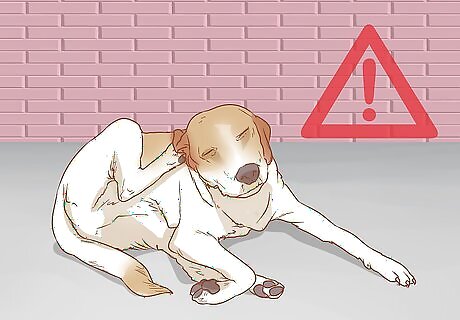
Look for head-shaking, head-tilting, and ear scratching. These symptoms could indicate your dog has a seed bur in its ear or possibly another issue, like ear mites. Either way, your veterinarian will need to look in its ears with a scope to determine what the problem is. With the scope, the vet will just look in your dog's ears to see what the issue is.

Watch for sneezing, eye discharge, and nasal discharge. Dogs can also get burs and foxtails up their noses. They sniff at the seed and then inhale it accidentally. If this happens to your dog, you may notice it sneezing a lot. In addition, you'll likely see a large amount of mucus or other discharge coming out of its nose. If it gets one in its eye, it will likely have a watery, red eye. The eye may swell, causing your pup to paw at it. If you see these symptoms, especially together, visit your veterinarian. Your vet will likely need to knock your dog out to examine its nose.
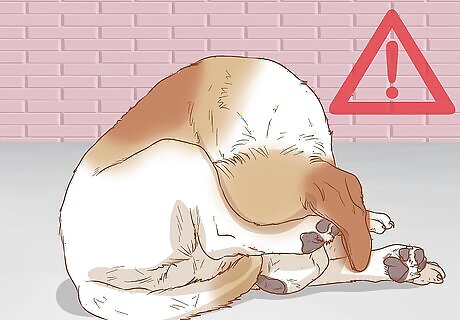
Notice if your dog is licking its genitals more often than normal. These seeds can also get caught in the groin area, and they may enter your dog's sensitive areas. It will then lick the area excessively, much more than it normally does, because it is trying to rid itself of the pain. This symptom is another sign your dog needs to go to the vet.

Visit the vet if foxtails or seeds get embedded in your dog's skin. Foxtails, especially, tend to move further into the body, causing harm. Your vet will likely need to put your dog under anesthesia to remove these seeds, and then they will treat the wounds left behind. Similarly, if the foxtails or burs are embedded in the dog's paw, you should visit the vet, as well.















Comments
0 comment